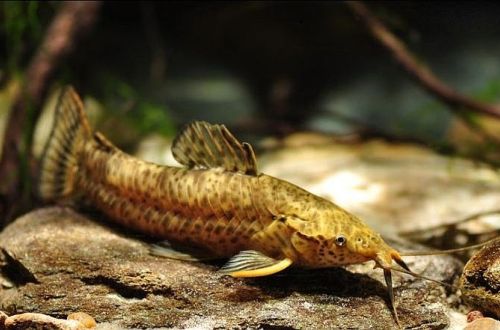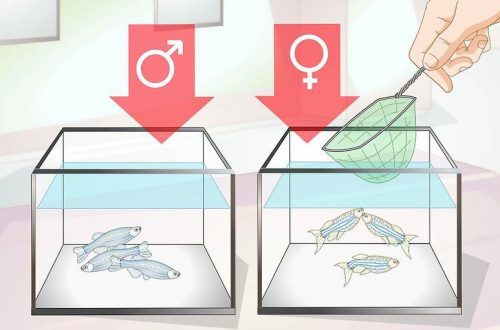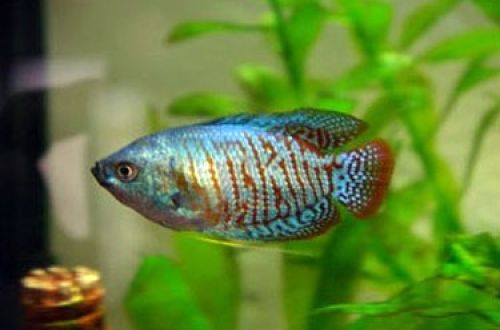
Afiocharax Natterera
Aphyocharax Natterera, scientific name Aphyocharax nattereri, belongs to the Characins family. Relatively rare in sale compared to other Tetras, although it is no less bright and just as easy to maintain as its more popular relatives.
Contents
Habitat
It comes from South America from river systems from the territory of southern Brazil, Bolivia and Paraguay. Inhabits small streams, rivers and small tributaries of larger rivers. It occurs in regions with a lot of snags and coastal aquatic vegetation, swimming in the shade of plants.
Brief information:
- The volume of the aquarium – from 40 liters.
- Temperature – 22-27°C
- Value pH — 5.5–7.5
- Water hardness – 1–15 dGH
- Substrate type – any
- Lighting – subdued
- Brackish water – no
- Water movement is weak
- The size of the fish is about 3 cm.
- Food – any food
- Temperament – peaceful
- Keeping in a group of 6-8 individuals
Description
Adult individuals reach a length of about 3 cm or more. The color is predominantly yellow or golden, the tips of the fins and the base of the tail are black and white markings. In males, as a rule, the rear lower part of the body has red hues. Otherwise, they are practically indistinguishable from females.
Food
An omnivorous species, they are easy to feed in the home aquarium, accepting most foods of a suitable size. The daily diet may consist of dry foods in the form of flakes, granules, combined with live or frozen daphnia, brine shrimp, bloodworms.
Maintenance and care, arrangement of the aquarium
The optimal size of an aquarium for a flock of 6-8 fish starts from 40 liters. Harmoniously looks among the design, reminiscent of the natural habitat. It is desirable to provide areas with dense aquatic vegetation, merging into open areas for swimming. Decor from snags (pieces of wood, roots, branches) will not be superfluous.
Fish are prone to jumping out of the aquarium, so a lid is a must.
Keeping Afiocharax Natterer will not cause much difficulty even for a novice aquarist. The fish is considered quite unpretentious and is able to adapt to a wide range of hydrochemical parameters (pH and dGH). However, this does not eliminate the need to maintain water quality at a high level. The accumulation of organic waste, sharp fluctuations in temperature and the same pH and dGH values should not be allowed. It is important to ensure stable water conditions, which largely depend on the operation of the filtration system and the regular maintenance of the aquarium.
Behavior and Compatibility
Peaceful active fish, gets along well with other species of comparable size. Due to its modest size, it cannot be combined with large fish. It is advisable to maintain a flock of at least 6-8 individuals. Other tetras, small South American cichlids, including Apistograms, as well as representatives of cyprinids, etc., can act as neighbors.
Breeding / breeding
Suitable conditions for spawning are achieved in slightly acid soft water (dGH 2–5, pH 5.5–6.0). The fish spawn among thickets of aquatic plants, largely randomly without the formation of masonry, so the eggs can be scattered all over the bottom. Despite its size, Afiocharax Natterera is very prolific. One female is capable of producing hundreds of eggs. Parental instincts are not developed, there is no care for offspring. In addition, adult fish will, on occasion, eat their own fry.
If breeding is planned, then the eggs should be transferred to a separate tank with identical water conditions. The incubation period lasts about 24 hours. In the first days of life, the fry feed on the remnants of their yolk sacs, and then begin to swim in search of food. As juveniles are very tiny, they are only able to take microscopic food such as shoe ciliates or specialized liquid/powder specialized foods.
Fish diseases
Hardy and unpretentious fish. If kept in suitable conditions, then health problems do not arise. Diseases occur in case of injury, contact with already sick fish or significant deterioration of the habitat (dirty aquarium, poor food, etc.). Read more about symptoms and treatments in the Aquarium Fish Diseases section.





